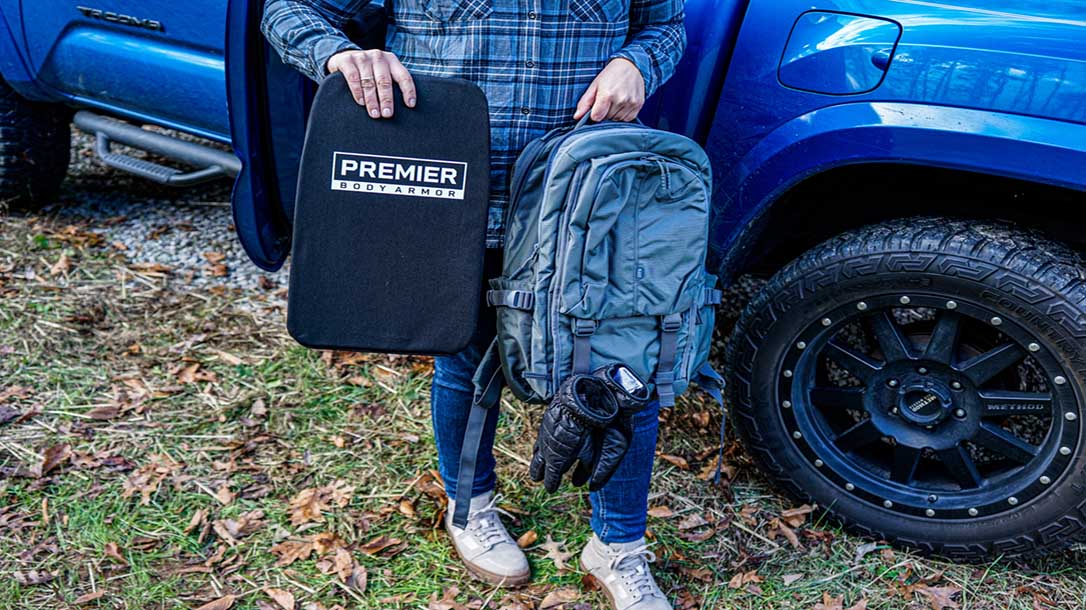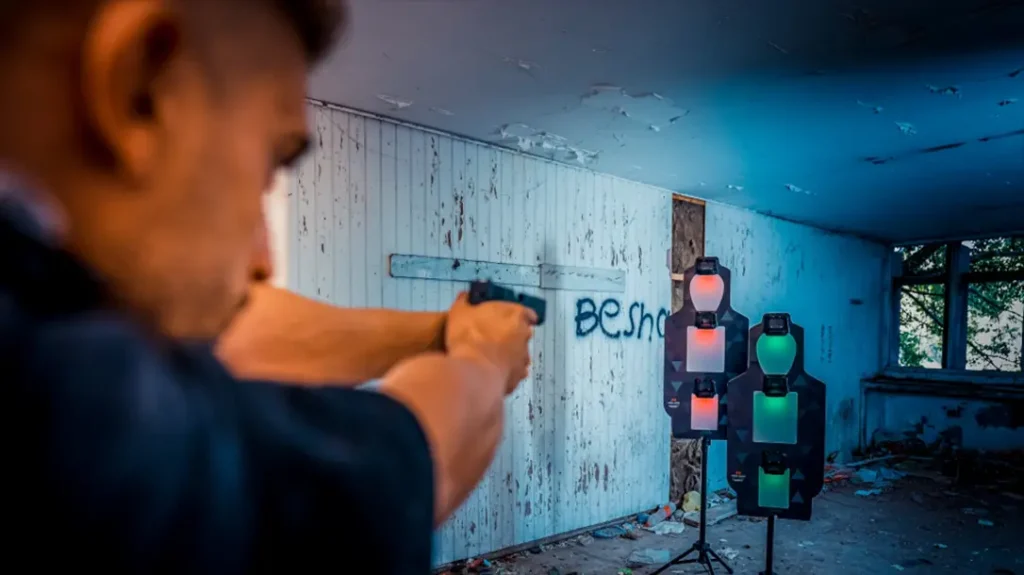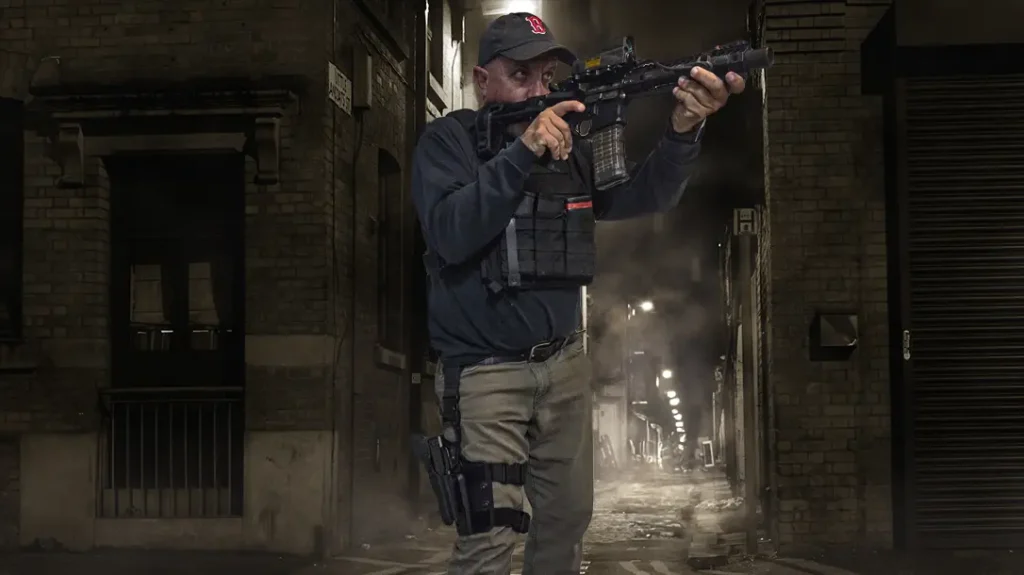When you think of everyday body armor, the first thing that comes to mind is probably big heavy metal plates, law enforcement officers, and military personnel fully equipped with all their gear. Sure, body armor is made specifically for first responders and the military to protect them in their line of work. Still, there’s much more armor available than your typical bulletproof vests and designed with civilians living their day-to-day lives in mind.
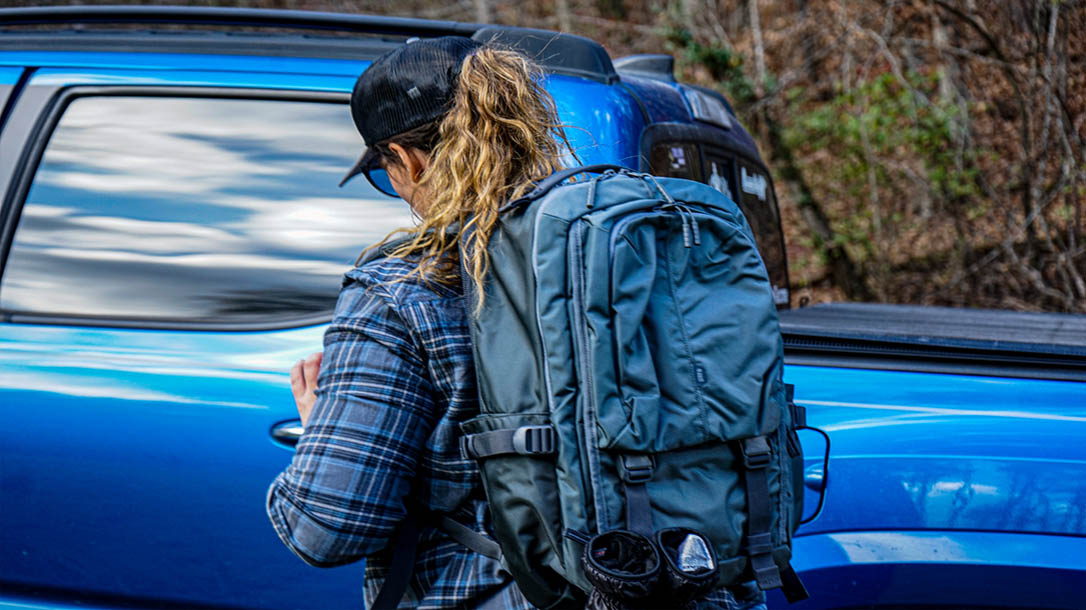
Why Would I Need Body Armor?
The reality of today’s world is there is no telling when and where someone will start firing shots. In a study done by the FBI, titled Active Shooter Incidents 20-Year Review, 2000-2019, the locations in which active shooter incidents occur include malls, education environments from elementary school to college campuses, government property, military property, healthcare facilities, houses of worship, open spaces such as parks or theaters, and finally, residences.
Advertisement — Continue Reading Below
Sounds pretty all-inclusive, doesn’t it? Nearly eight-in-ten (79%) U.S. murders in 2020 – 19,384 out of 24,576 – involved a firearm, according to Pew Research. And unsurprisingly, of the ones reported, handguns were the majority of what was used.
But What Armor Is Right For Me?
When you start to think about the places you visit, how many of those places can be categorized as the same types of places found in the active shooter report from 2000-2019? You probably frequent most of these places. While carrying a firearm is a great first step in being ready for any scenario life may throw at you, having body armor is like playing defense, while having a gun is like playing offense. And as we know from sports history, defense wins ball games, and having a strong defense is more important than even your best offensive strategy.
Unfortunately, the need for body armor is self-explanatory. No safe places exist anymore, and the likelihood of you being under fire one day is high. Normalizing the need for everyday body armor should be a priority for civilians everywhere, from kids to adults. With gun-free zones where law-abiding citizens cannot carry a loaded firearm, body armor is the next best thing to have. It is also legal to own body armor in all 50 states. *Body armor can’t be shipped to the state of Connecticut as all body armor sales must occur in person.
Advertisement — Continue Reading Below
What Kinds of Everyday Body Armor Exist?
There are two types of body armor: soft armor and hard armor. There are different materials body armor is made out of as well as different levels of armor based on how they are rated and approved. Soft material body armor, such as Kevlar, is made into vests and shirts to trap and slow handgun bullets. Hard armor is made from ceramic, polyethylene, steel, or even titanium. This is what is fashioned into plates. Ballistic armor plates rated as Level III and IV are hard armor made to protect against rifle caliber bullets and submachine gun fire. Soft armor is almost always more lightweight than hard armor. Using both soft and hard armor, here are a few ways to wear and use everyday body armor:
Bulletproof Vests
As a civilian, going about your daily activities in a bulletproof vest isn’t always discrete. It can draw attention to yourself and is not very gray man-like. A bulletproof vest is a great option to have at home in case of a home defense scenario. If you’re the primary responder in your household in case of such an incident, bulletproof vests for your spouse and kids can give you peace of mind while you clear your house of intruders.
Plates
There is a multitude of sizes of plates fashioned into various shapes. Depending on your budget and what kind of plate carrier you want to use, try to get the maximum amount of coverage possible while still being able to move your arms and shoulder a gun.
Advertisement — Continue Reading Below
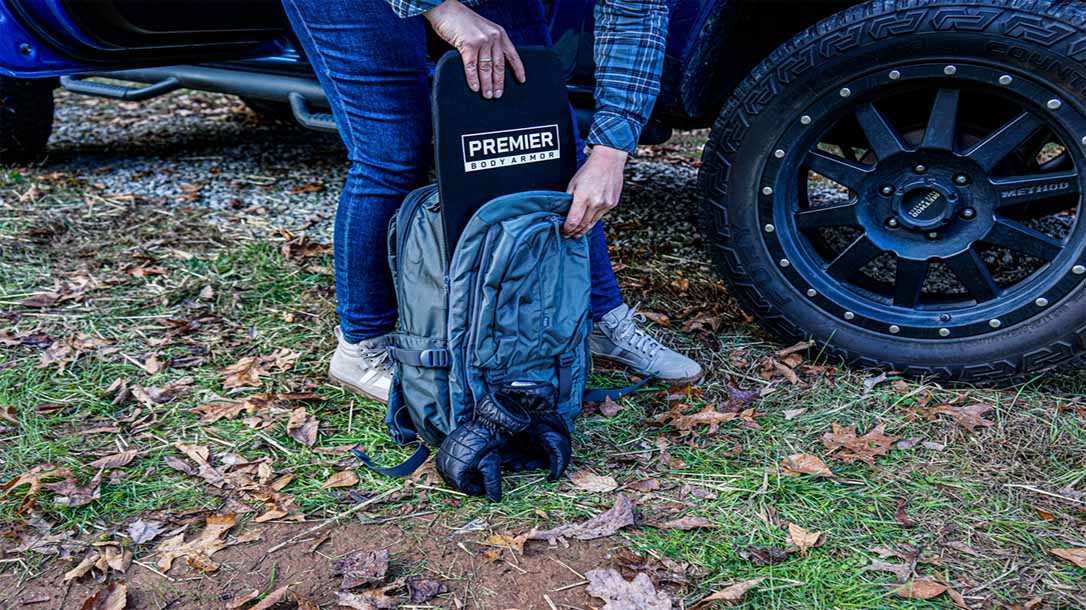
Inserts
The most discrete way to protect yourself without drawing suspicious or concerned looks is with bulletproof backpack armor. Premier Body Armor manufactures backpack inserts to fit specific brand-name bags from 5.11 Tactical, Viktos, Vertx, Eberlestock, and more, but they also make a guide on how to pick the right size panel if you don’t own one of these brand bags. I’ve outfitted my 5.11 LV18 Backpack 2.0 30L with Premier Body Armor’s LV 18 Level IIIA backpack insert, which is also TSA-approved, so even when I’m traveling, I know I’m protected with everyday body armor even if I can’t carry a gun.
Laptop Case
While we may not like to hear it, schools are one of the most vulnerable places. Especially for kids who don’t know how to defend themselves. Many places of higher education do not allow students to carry a gun on campus. Not only is a laptop case practical, but it is also extremely covert body armor, TSA-approved, and lightweight.
Advertisement — Continue Reading Below
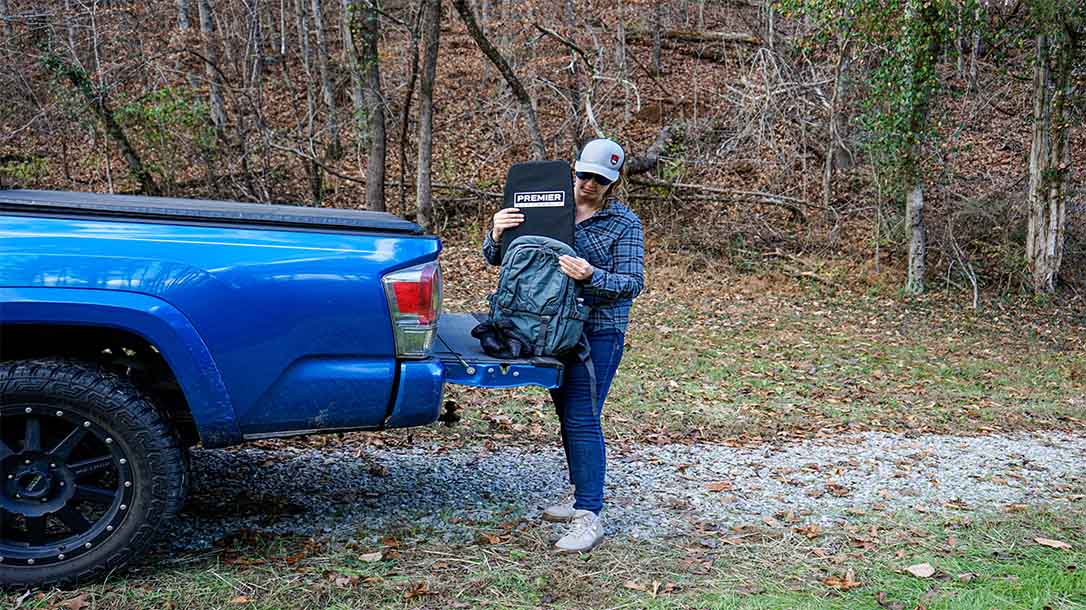
Everyday Body Armor Certification
The National Institute of Justice (NIJ) is the research and standardization department for the U.S. Department of Justice. They scientifically research crime, assess community needs, and evaluate safety products, including hard and soft body armor. Not all body armor is eligible for NIJ Certification. This is important because the NIJ only certifies soft armor as a vest. Even though level IIIA backpack inserts and laptop cases will protect against 9mm, .357 magnum, and even .44 magnum caliber bullets. You can search the NIJ’s Compliant Products List (CPL) for a complete list of certified products by companies that manufacture body armor.
Final Thoughts
Investing in everyday body armor should be as high of a priority as carrying a quality gun. It’s time to normalize body armor and add it to your EDC gear.
Advertisement — Continue Reading Below
